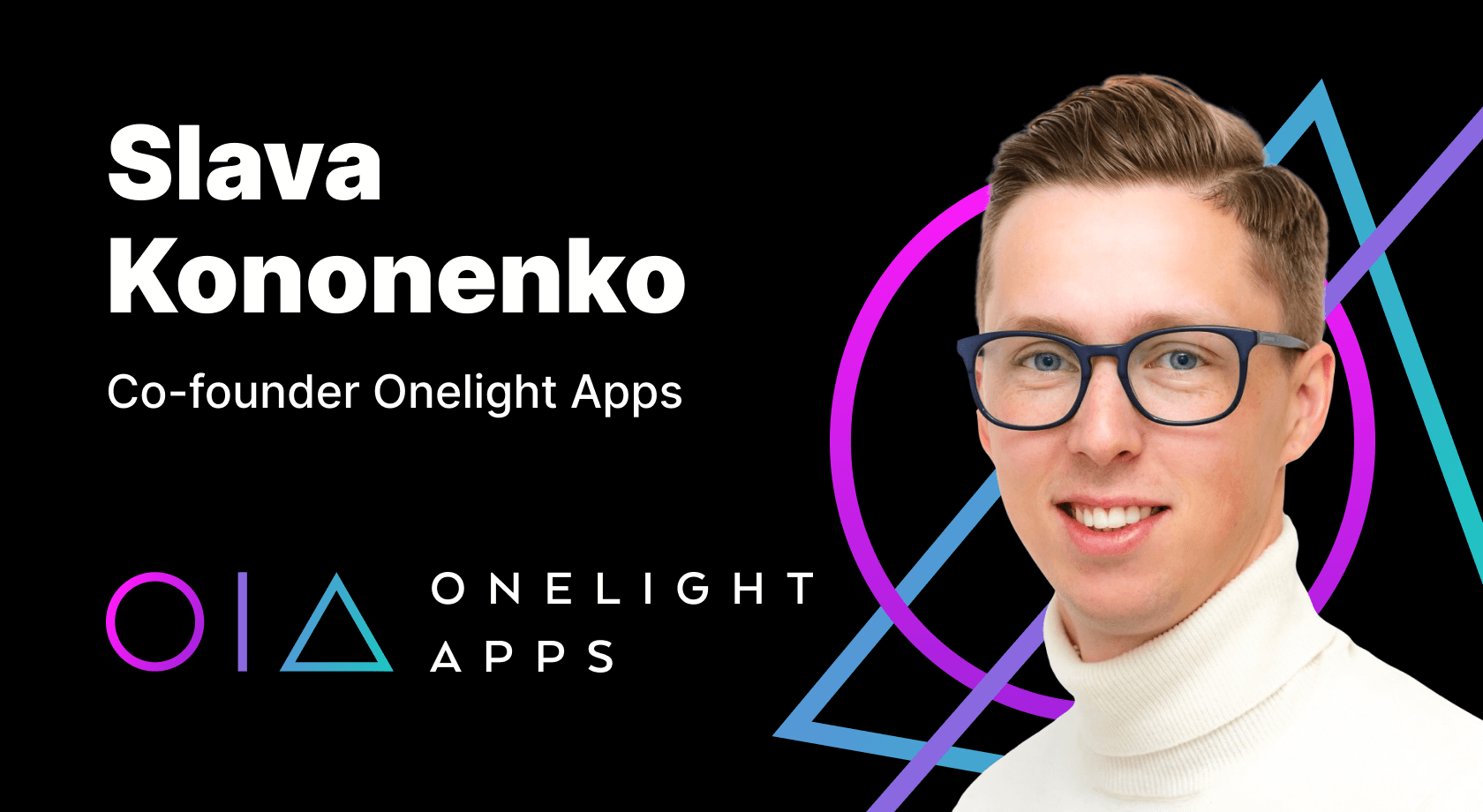Thomas Petit is in app business for 7 years and probably #1 growth consultant in the world. He worked with 25 businesses just last year including: Deezer, Lingokids, Mojo, Pictarine, AppsFlyer and many more. You are likely to know him from Twitter as @Thomasbcn (11k followers).
Thomas told us about his professional path, shared his thoughts on 3rd party payments, cryptocurrency, and subscription fatigue.
If you like the episode, please, leave a like, comment and share so we can continue to invite outstanding guests.
Below you can find the most interesting quotes of the episode.
Thomas’ professional path
Thomas: Currently, what I’m trying to do is to help subscription apps grow. I mostly specialize in mobile apps. It includes a lot of acquisition, onboarding, and monetization.
Initially, I’ve started over ten years ago, I built a SaaS, like web SaaS back then, there was no the App Store. It was SaaS for doctors, a b2b SaaS, which failed miserably, but I had lots of learnings. Then I started working in other people’s startups, mostly in e-commerce space because it was hot in the late 2000s. I witnessed the App Store starting to grow in early 2010 and I was excited about that. I sent my CV all around and there were mostly games that time and they all told me “no”. They all rejected me and they told me that I needed 3-4 years of mobile marketing experience, which nobody had because the AppStore had been existing for 1 or 2 years and it was ridiculous.
I was frustrated, and I kept working for e-commerce and SaaS startups, mostly web startups, mostly acquisition and analytics until in 2014 or 2015 when the founder in the App Space trusted that I could do that and I joined a fitness app called 8fit in its very early days. I kind of was lucky to be at the right place at the right time, not only because the company had a great culture and grew fast and, but also because it was the very early days of subscriptions back then. And since that time subscriptions kinda stick with me.
I stayed here for 3 years but at some point, I felt the need to go on my own wings and not to be an employee anymore. My actual goal was to learn from many different verticals. I wanted to see many things other than fitness and nutrition. And since then I work for a variety of apps. So this is where I am right now.
Differences between verticals
Vitaly: Is there any difference in various verticals in terms of user acquisition? I guess there are different strategies for a fitness app and a photo app, aren’t they?
Thomas: I guess sometimes some channels can work better than others, because of the audience fit or a particular way people onboard. But I think these differences are actually relatively minimal. Where the differences are really big is how you’re crafting your messaging part, how you think about your positioning in the App Store, how you produce creatives. There are obviously very different aspects depending on these verticals. But technically the way you measure it, which channels and metrics [you choose] is actually similar.
Which for me makes it very interesting because I can also port learnings from one vertical to another.Within companies, people tend to look at their direct competitors, and I think there are massive learnings to be done from looking at other verticals. A fitness app can pretty much learn from the leading education app or productivity app or weather apps in terms of the acquisition. It helps you also not doing exactly what your competitors are doing. So I think the mechanics are pretty similar. It’s just like messaging and creative-wise are very different, but not on channels, metrics, optimization, and so on.
3rd party payments in iOS apps
Nikita: How do you think how important the changes are, what will change in the developer ecosystem? (Asking about the pressure on Apple to allow developers to direct users to 3rd party payment methods — ed.)
Thomas: I think it was inevitable that there would be some changes in the lock we have in the payment system and that store in-app purchases would not be the only way to charge users forever.
There are few things here that I think regulators need to be careful about and developers to be aware of as well as users is that opening up either the store to sideloading or the payment system is not this magical land of “I’m going to pay 3% instead of 30%”. Like everything it comes with pros and cons, and one of the cons is complexity. You’re going to have to manage several systems in parallel. Let’s say we fast-forward a few months ahead and both Apple and Google have to open their stores to other payments, I bet a lot of developers are still going to charge through store payments. At least, store payment and something else. Store payments have a lot of benefits that people don’t realize. Like trust, because people convert much higher when they pay to Apple, then they pay to a developer they don’t know. There are a lot of small bits that they built for you like taxes, refunds, and stuff like that. There are benefits of the store payment, even if the commission is big. I think the store payment would stay because of the convenience of paying through the Touch ID or Face ID, they are so massive compared to ‘oh, I have to add my credit card’.
We might see some innovations like something more similar to Apple Pay or Google Pay where you don’t have to add your credit card everywhere. For users, it’s also like ‘oh my payment goes to this bunch of companies and I have no clue about them’, and before it was centralized..
It’s definitely exciting because it brings new possibilities, what our conversion rates are going to look like may be a bit more profitability which will unlock more growth abilities like acquire faster…
It’s good to get prepared anyway. There are a lot of developers who already opened up to payments charging on the web and deriving traffic there.
What I’m saying is that there is potential but also a bigger complexity.
Subscription fatigue
Thomas: I started noticing that some people are talking for the first time about subscription fatigue. I think we are far from it yet. But there are some signals here that should be taken into account. Typically on trials, you would notice that a younger audience is much more aware of how trials in the Store work. If you are able to isolate a cohort of people of 25, you’ll see a huge percentage of people who the next thing they do after starting a free trial is pushing auto-renewal off which is a behavior you wouldn’t see on over 40 years old. May be 1-2% of older people are doing it, and massive amounts of younger people are doing it, like 30-40%.
As a developer, there is not that much you can do, besides being transparent on your paywall and helping them in your customer support, and having clear terms. But a lot of the work depends on the stores themselves. I think there is a huge opportunity for this payment opening. If you’re integrated with whatever it is, like Stripe, Paypal to actually provide a way to manage trials and refunds in a better way than the stores are doing. That’s why I’m hoping that Apple is pushed to improve its own system.
Today developers have zero leverage to play on that and this is a bit of shame. Not only because it’s twisting metrics, but because it’s not the way it should be. Users shouldn’t have to go through ‘oh, I’ve started a free trial and I cancel it immediately’. This is not the way it should be designed. It’s kind of users hack Apple’s system and Apple has to answer it back.
So there are small signals that the behavior is changing, but I don’t believe the fatigue is already happening.




